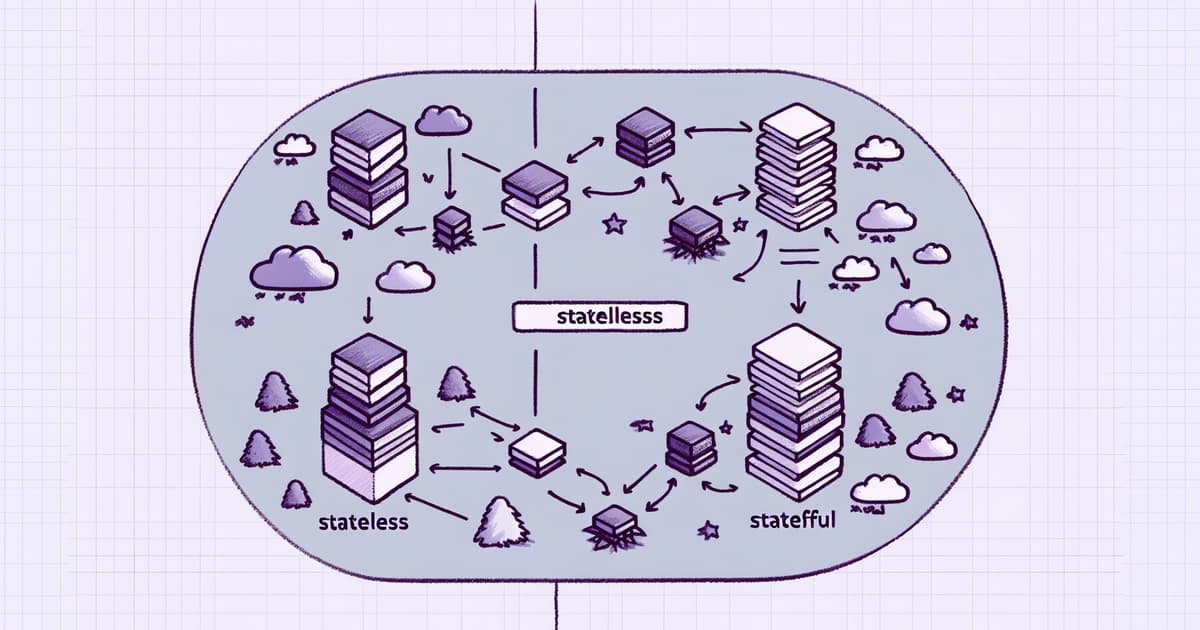We can't find the internet
Attempting to reconnect
Something went wrong!
Hang in there while we get back on track
Comparing Stateless and Stateful Web Applications
214
clicks

Source: dashbit.co
George Guimarães explains the key distinctions between stateless and stateful web applications. He highlights that stateless applications—leveraging HTTP—can scale more easily as they don't maintain client-specific state between requests. Conversely, stateful applications, which use WebSockets, keep a persistent connection allowing for real-time features but face greater concurrency and resource management challenges.
The article delves into deployment considerations, suggesting that an increase in active connections necessitates more robust infrastructure. For instance, transitioning a newspaper app to support real-time comments with WebSockets exponentially increases the number of simultaneous connections.
Guimarães contrasts how Rails and Phoenix handle such stateful applications. Rails often relies on job queues and background workers to manage tasks, introducing complexity and latency. Phoenix, on the other hand, leverages the Erlang VM's inherent support for concurrency and multi-core processing, allowing it to manage many connections efficiently without external dependencies like Redis for pub/sub systems. The article concludes that Phoenix provides a simpler, more efficient model for stateful web applications, enhancing both scalability and user experience.
Related posts
© HashMerge 2025


